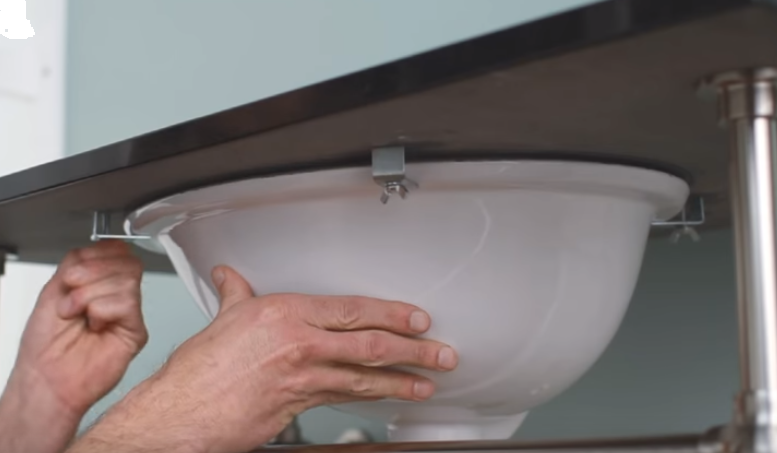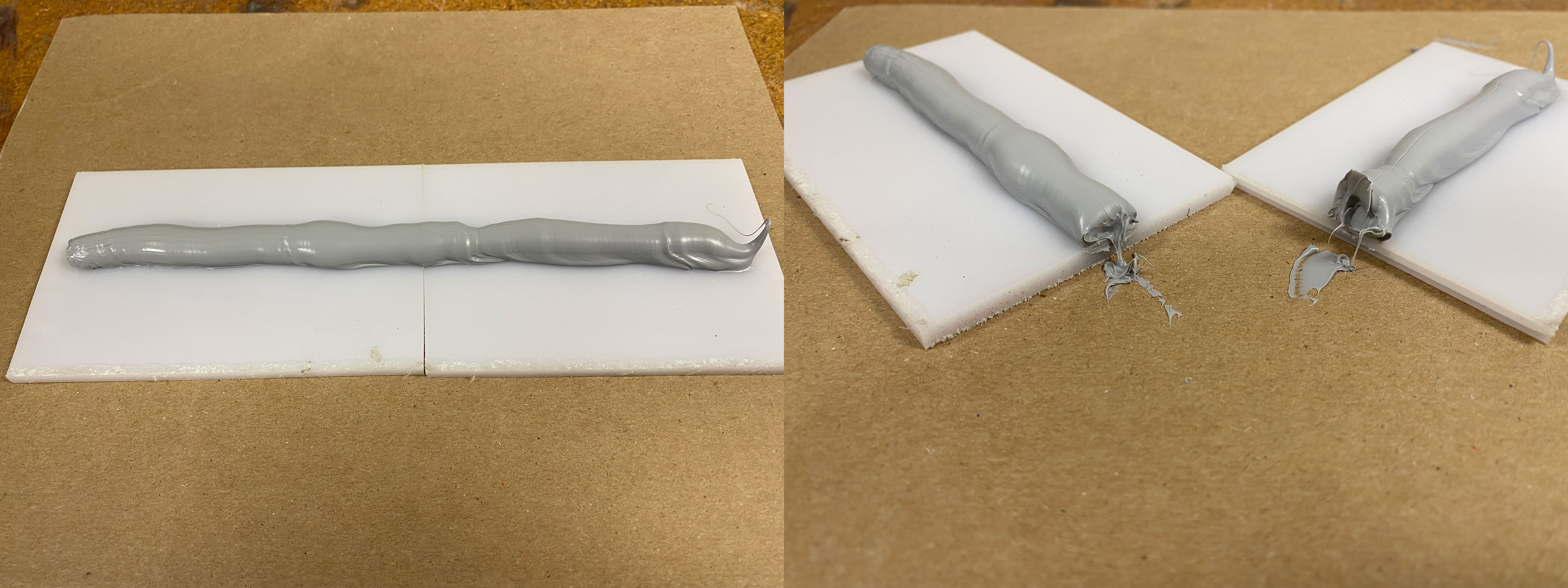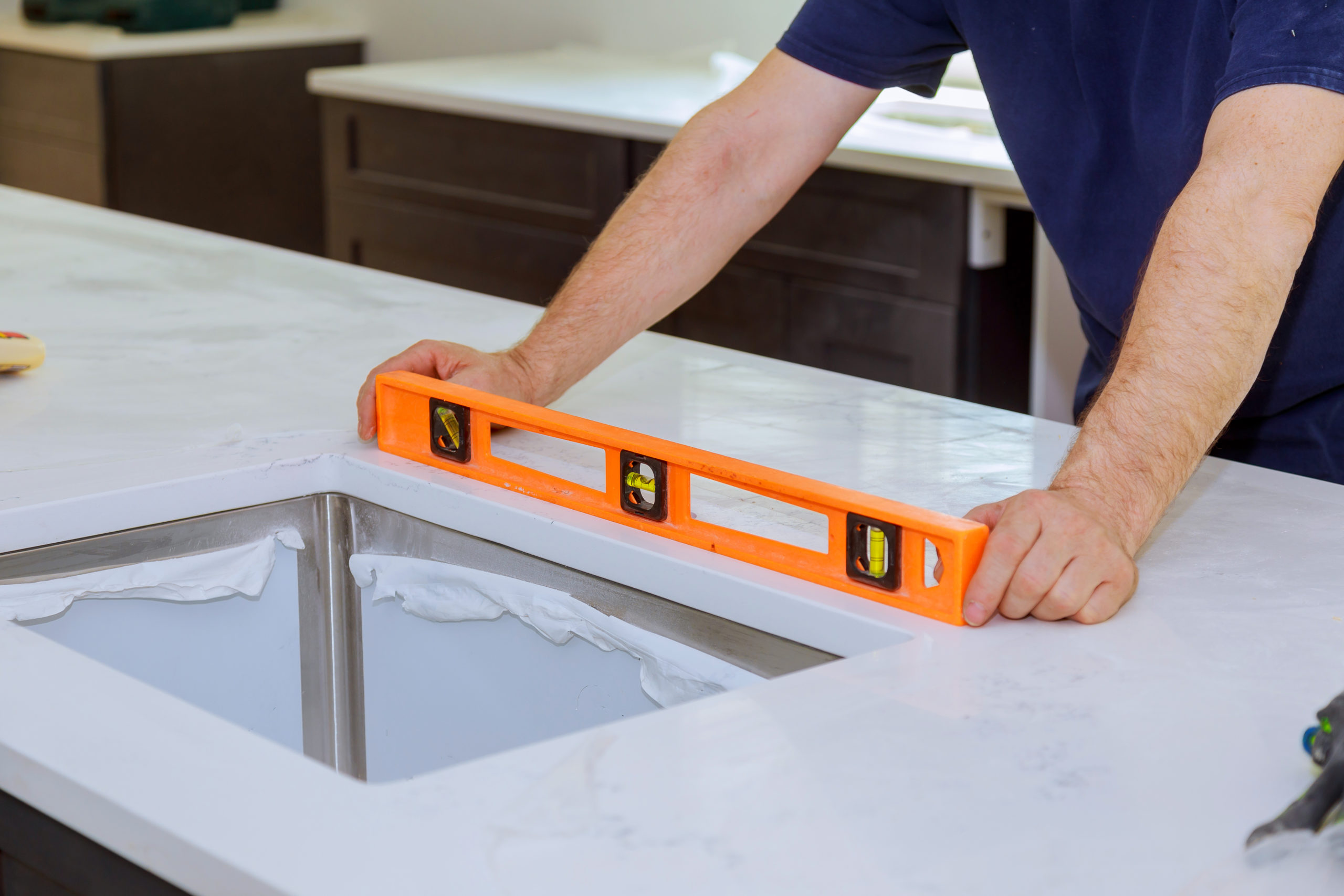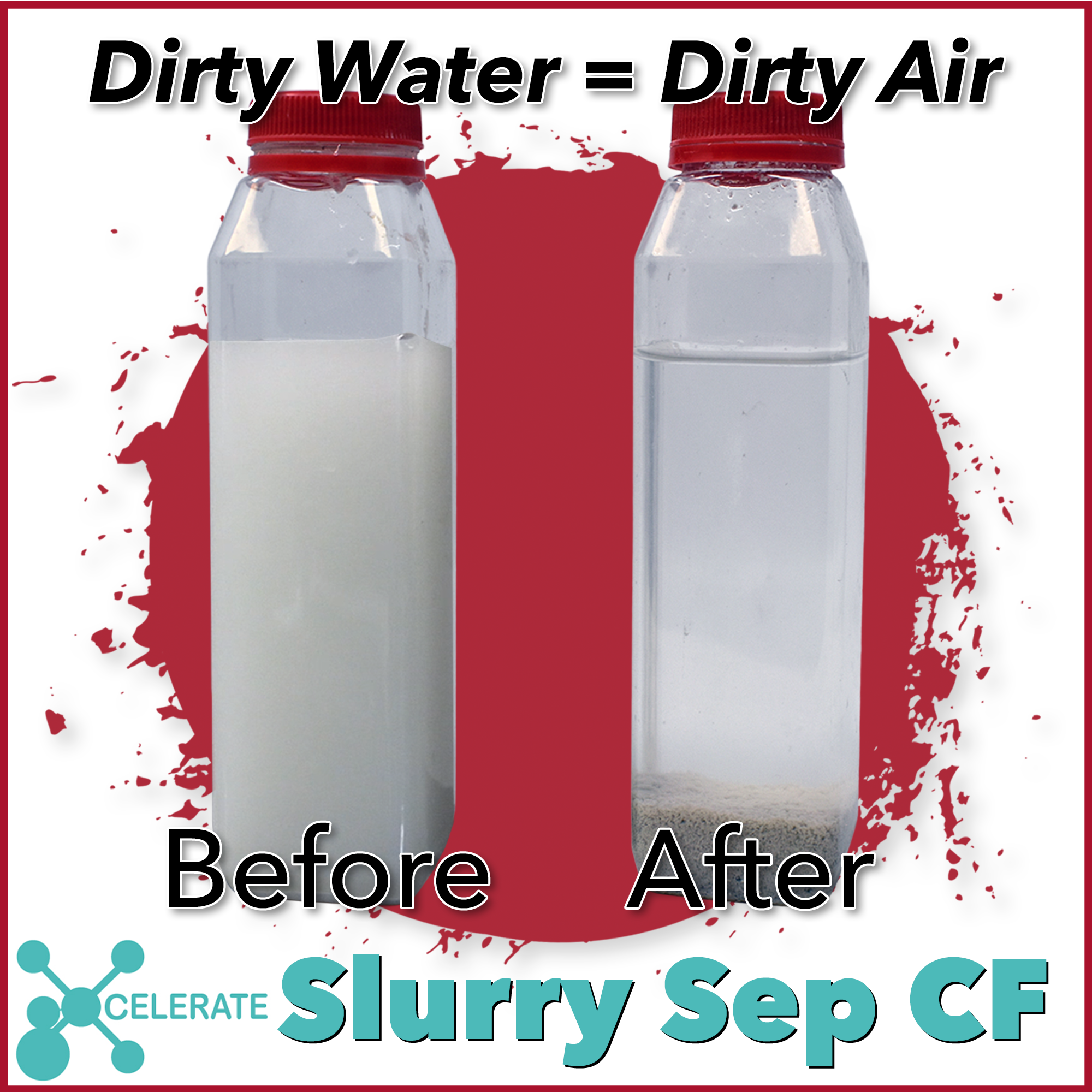
What to Consider When Using an Undermount Sink Adhesive
There is an influx of products on the market that claim you can hang an undermount sink in seconds without any mechanical anchor. In this post, we hope to provide some “food for thought” and give you some considerations to think about before implementing such a system for your own installations.
It sounds great right? Being able to mount a sink in ten seconds without hardware or silicone sealant would be a huge time saver for a lot of fabricators. One of the biggest ways to increase your revenues is to turn around jobs quicker, but to do that successfully you have to make sure your time-saving solutions don’t cut corners.
We’ve seen some of the claims some new adhesive products are making. And we can’t blame anyone who would want to try them out on their sink installation projects. But as the adhesive experts, we want to set the record straight and give you some information before you switch to using these undermount sink adhesive products.
About MS Polymers
 First a little background information on the history and composition of these adhesives.
First a little background information on the history and composition of these adhesives.
These products claim to be new to market, but they’re actually an MS polymer adhesive, which have been around for at least 20 years now. The only thing that has really changed is the proposed application of these MS polymers to include sink installation.
So, what is an MS polymer?
MS polymer is a type of sealant made of polymers terminating in a silyl group and typically lacking solvents and isocyanate. It’s typically used as a sealant or adhesive in the construction and automotive industries. It works well for jobs that include waterproofing, glazing, and insulating.
These sealants are great products. In fact, we even sell these types of products, but we would strongly urge you to be cautious when using them as the only thing holding up a heavy undermount sink.
What To Consider Before Using an Undermount Sink Adhesive
These products may work in some sink mounting scenarios. For example, it could work well for sink installations where it’s impossible to put mounting hardware in some places. Place the mounting hardware where it will fit, and then use the MS polymer to shore up the areas that can’t fit the hardware. As most fabricators will tell you, designers and homeowners are putting in larger and larger sinks and not accounting for the limitations of the cabinetry, so this can certainly come in handy in those situations.
But if you plan on using these products as the only form of structural bonding that holds the sink up, then take some of these things into consideration before going down that route.
#1. Liability and Safety
The first and the biggest concern is always safety. What happens if that adhesive fails and the sink falls? It’s important that the sink is not disturbed for its full cure time, otherwise the bonds will never be full strength. If workers are in and out of the house all day, it can be hard to account for that. Plumbers, electricians and other trades may disturb the sink while the sealant is still curing which is an unknown variable if you are leaving the job site without any bracing on the sink. If you do choose to use a sealant-only mounting method, we recommend using clamps or bracing of some kind for at least 2 hours when using these products. It may take some extra effort, but it will be well worth it to avoid a safety hazard.
If you are a fabricator or installer, you have probably seen first hand some of the countertop abuse perpetrated by other trades people and even homeowners. We’ve seen electricians, painters and cleaning people standing in sinks. We’ve seen huge stacks of dishes and other heavy items piled up on work tops. While it’s true that misuse of your product is not your responsibility, using a secure mechanical anchor with a safety factor well above the requirements for everyday use, may save you and your customers a lot of grief.
You may be thinking that it’s not that big of a deal, but remember, it’s common for people to bathe their infant children in the kitchen sink. You have to consider the worst-case scenario of every safety hazard and whom it could affect.

#2. Call Backs
 Installations are time consuming, but do you know what’s more time consuming? Being called back to the site. Think about the opportunity cost of having to go back to fix the work that you’ve already done should it fail. Pushing back new jobs to fix old jobs is no way to make money. In trying to save time and money, you may end up costing yourself both. Eliminating callbacks should be a top priority for all shop owners and managers. If this is your mindset, then having a mechanical solution that is secure and consistent with the least amount of variables is the best solution.
Installations are time consuming, but do you know what’s more time consuming? Being called back to the site. Think about the opportunity cost of having to go back to fix the work that you’ve already done should it fail. Pushing back new jobs to fix old jobs is no way to make money. In trying to save time and money, you may end up costing yourself both. Eliminating callbacks should be a top priority for all shop owners and managers. If this is your mindset, then having a mechanical solution that is secure and consistent with the least amount of variables is the best solution.
#3 Time to Cure
These new products claim to be fast curing, needing only seconds before bearing a significant load. This is a misnomer. Sure, the outside of the MS Polymer can cure in about 5-10 minutes, but the curing process starts from the outside and goes in. So while the product may appear to be cured on the outside it may still be wet on the inside.
It takes about 24-48 hours for the product to fully cure all the way through. And in that time, the sink cannot be disturbed. Otherwise, the bond will never be able to reach 100% strength. The claims on these products are misleading in that sense, so if you plan to use them, be aware of the actual full-cure time.
A good test is to dispense a large bead of MS Polymer, wait an hour, and cut open a cross-section of the bead to inspect. Using this approach, it will be perfectly clear whether the product is fully cured, or not.

#4. Time to Position the Sink

On that same note, you also need to consider the time it takes to position the sink. Because the outside layer of MS polymer does cure quickly, you don’t have a lot of time to position your sink. Once that outside layer cures, any movement will ruin the bond strength.
With silicone and traditional fasteners, you have a lot more flexibility to position the sink until it’s in the exact space that you want it. Then just tighten down the fasteners.
#5. Mold and Mildew Resistance
The traditional method uses silicone to form a watertight seal, but silicone also includes fungicidal agents to keep mold and mildew from building up around the seal. Silicone’s fungicidal properties last around 3 years before it needs to be cut out and resealed.
Most MS Polymer sink mounting adhesives were not designed for this application. They are repurposed industrial adhesives designed for manufacturing and general purpose bonding. As such, they may not contain any fungicide to combat mold and mildew. We have not seen any of these products advertise antifungal properties, but if you are unsure, you may want to ask your supplier if there is any fungicide added to the product. Just be aware that down the road, mold and mildew can build up and reduce the service life of the sealant compared to a silicone designed for kitchen and bath use.
 #6. Replacements and Renovations
#6. Replacements and Renovations
Kitchen sinks don’t last forever, whether they fail, or the homeowner just wants to change up the design, — you should consider how difficult it would be to replace. With a mechanical fastener, all you need to do is cut the silicone and undo the fasteners.
With an MS polymer, it could be challenging to take out a sink cleanly. This could also make it difficult for the adhesive to mount the new sink.
Conclusion
Many turn to MS Polymers to save time and remove a mechanical step. While that works in some scenarios, you actually have a third option that’s the best of both worlds.
Keep-Nut is a press-in, self-anchoring insert with loads of strength. They can hold around 500 lbs. per fastener, so they’re perfect for any sink installation, even heavy composite sinks. These fasteners aren’t like T Bolts or the butterfly method. They can be easily automated using CNC equipment, and then inserted in seconds saving hours of labor per day without compromising on strength or safety.
It’s our business to give the best advice on when to use adhesives and when to not use adhesives. If you still want to use an MS polymer for sink installations, then please get in touch with us, and we can help you come up with the best and safest solution.



